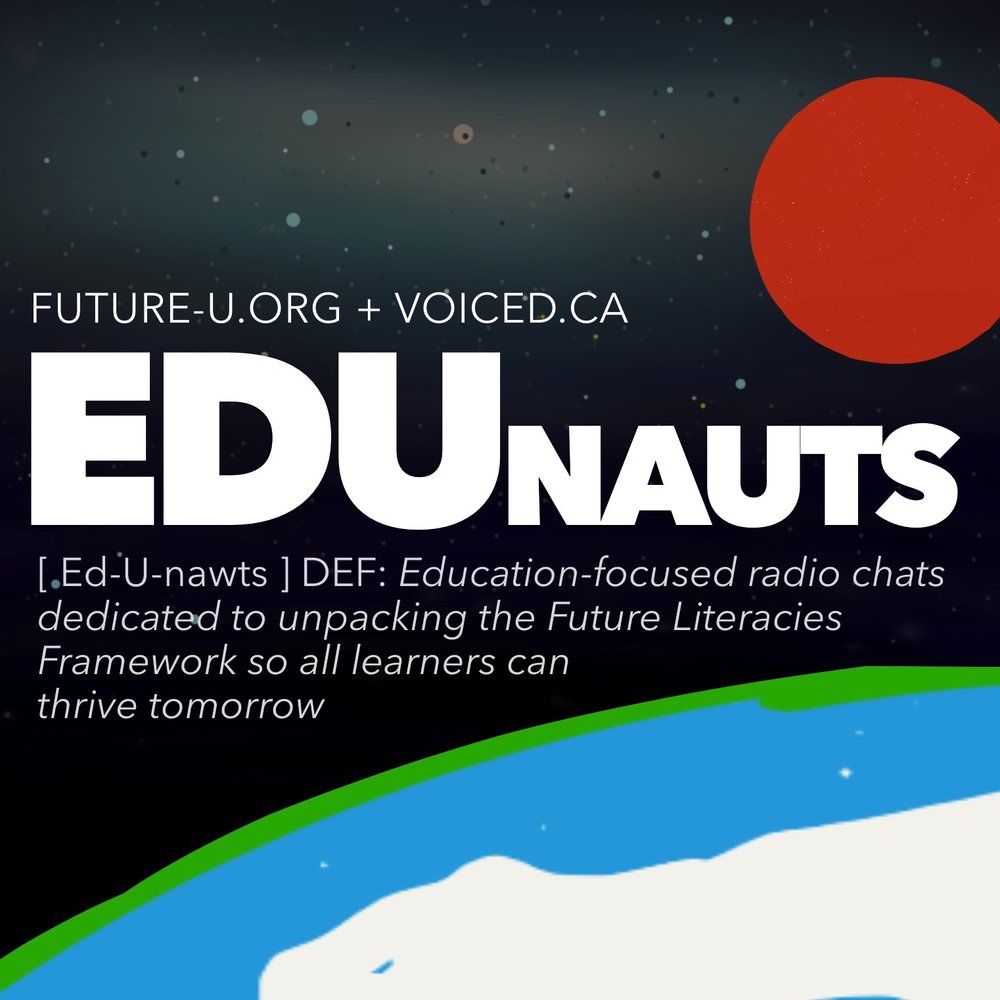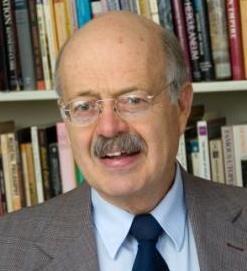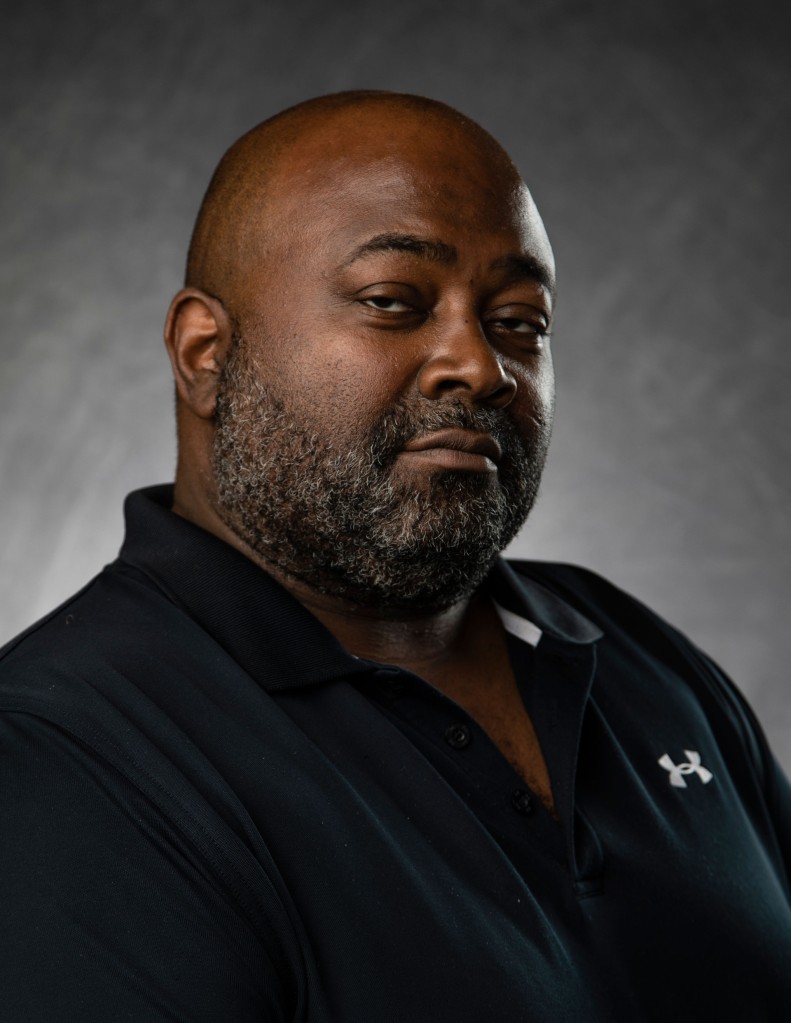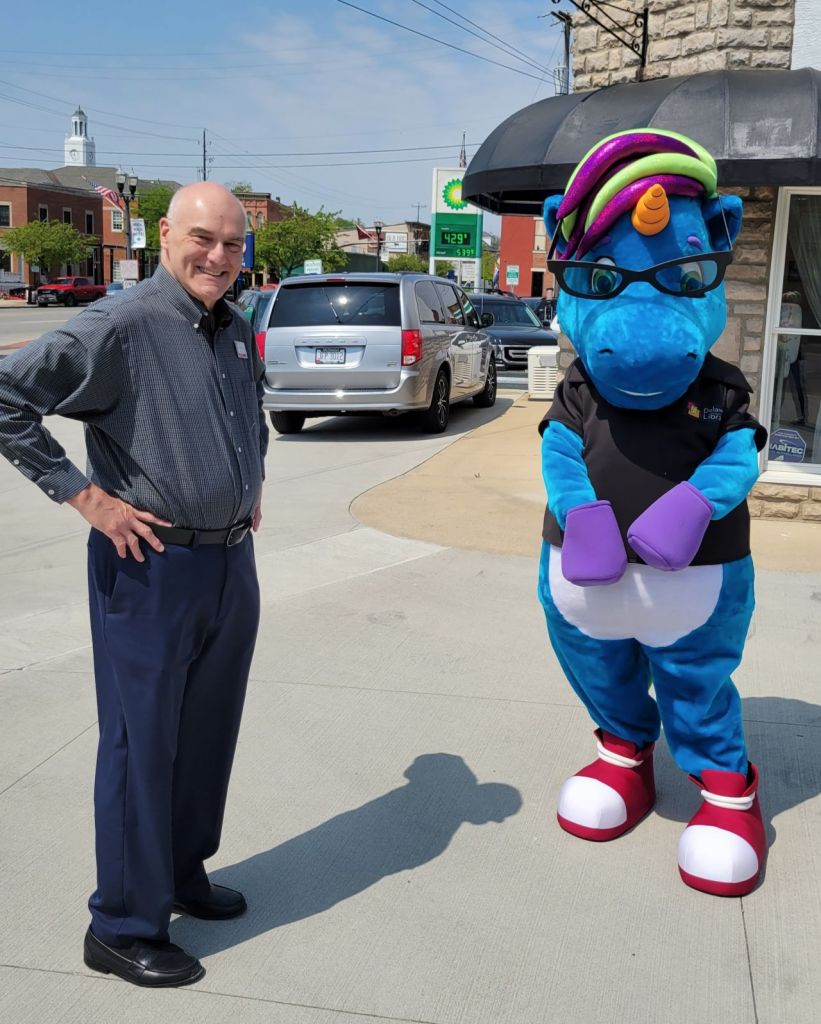A friend, during a conversation a few days before I arrived in Paris for nearly three-weeks with my wife (Licia) and a friend (Ann) who will be with us the first few days, described with childlike wonder and glee the pleasure she has been taking in designing and entering escape rooms—those playful spaces where you willingly allow yourself to be locked into a room with other people so you can all collaborate on how to escape in the shortest time possible from the seemingly exit-less room.
This is all far from my thoughts when, arriving at the flat where we will spend the first of our three weeks in Paris, we are met by the mother of the man who rents out the flat. She lovingly and patiently shows us around. As any good trainer-teacher-learner would do, she shows us how to get into the building and makes sure we understand how everything in the flat works. Reminds us that we haven’t a care in the world and shouldn’t do anything other than have fun while we are here. Then leaves us.
Everything is perfect for about five minutes. And then her brief, informal training session begins to fall apart. Because we are tired and don’t absorb everything she tries to teach us. And because she shows us how things work without taking time to make us practice what she demonstrated.
The fun begins when, after briefly settling in, we decide to take an early evening stroll and find a place for dinner. But we don’t even make it out the door of our flat on the premier étage—the first floor of flats, one level up from the narrow shop-lined street with multi-story buildings featuring shutters and grill-work on the balconies—before we begin to stumble. Walking toward the elevator, we look—initially unsuccessfully—for the stairway she used while we brought our suitcases up in the elevator. All the doors initially look the same through my weary eyes. All seem to be entrances to other flats. It is only when the doors to the elevator are closing and my field of vision is forcibly narrowed that I realize the door across from the elevator—which I had assumed led to a flat since it had a number “1” posted on it—actually was quite different in appearance from the others (plain rather than ornately decorated as the others are, so much so that I really hadn’t seen anything other than the number before visually searching for an entrance to the stairs). So I step back out of the elevator. Look to see what is behind Door #1. And voilà! There they are: that hidden-in-plain-sight spiral staircase, descending into darkness. (Reminder to self: when working with learners, be sure to overtly draw attention to the subtle clues that help them remember what they are struggling to absorb. They might be as tired as someone who has just stepped off a cross-Atlantic flight and might not be operating at full capacity.)
The adventure in learning-a-new-environment while somewhat exhausted—not the best of conditions for any training-teaching-learning situation—is far from over. Stepping into that dark stairwell, I am unable to activate the wall switch to throw some light onto the situation, so abandon this part of the journey and gladly rejoin Ann and Licia for a quick ride down to the lobby. Exiting the elevator and now in full-alert mode, I begin looking for other hidden traps. Like the one that is immediately visible when we look from the small elevator lobby toward two consecutive sets of glass doors that separate us from the street—and we have no idea now to open the first set, which leads into a space created by walls to our left and right and those two glass doors forming a small perfectly square room with mailboxes between where we are standing and where our destination—the street in front of the building—is. It immediately becomes worse: we realize that even if we were to figure out how to open the glass door leading into the miniature lobby with the mailboxes, we have no assurance we would be able to reopen it to get back to the elevator or open the door that finally provides access to the street.
We stop. We look for options. We are stumped. Our only tools are the key to our flat and the small fob that is supposed to open doors like the ones we are contemplating. But we see no mechanism against which we can place the fob to unlock the doors. We try pointing the fob everywhere possible since there doesn’t seem to be a button to press on the fob to active it. We try pressing it against everything that looks like it might be activated by a fob—small white squares on the wall, the handles to the door, even the glass doors themselves.
Nothing.
We start pressing anything that looks like it might unlock the first of the glass doors.
Nothing.
And finally, out of sheer desperation, I begin running my fingers over the small white squares on the wall next to the interior glass window. And finally feel what my eyes were not perceiving: one of the squares has a very small lip along its bottom…which allows me to use my fingers to lightly press down on it and release the heretofore unperceived switch.
But now I’m really cautious. Apprehensive, And—admittedly—a bit excited by the challenge, for it’s clear to me that if we step into that middle glassed in space without identifying the release mechanisms—we could easily become trapped in that glass escape room, unable to re-enter the elevator lobby or exit to the street-until someone else came along to release us from captivity.
“OK,” I say with far less assurance than I am feeling, “let’s figure this out before we let that inner door close. You stay in the elevator lobby so you can hit the release switch if I can’t find my way out of the next room.”
This, of course, is not going to be easy; finding the solution to an escape room never is. I try everything—obviously looking for a similar white square that could be lifted from the bottom to release a hidden-from-view latch. Tapping the fob against everything that looks like a potential recipient for a signal from a fob. But to no avail. At which point we agree that Licia and Ann will go back to our flat to try to call the owner for a refresher lesson in Escape-From-Your-Building 101 while I continue trying to find a way out of our situation. And just when I’m assuming we’re going to spend the rest of the evening in our flat rather than on the streets of Paris, I notice a small black circular object on a wall-mounted intercom fixture next to the set of mailboxes. Which, of course, has a barely visible red light in its center. And which turns green and releases the latch back into the elevator lobby when I press the fob firmly against it. Which suggests that if I find a similar black circular object close to the door leading out to the street, I might be on the verge of finding the escape the three of us have been seeking.
When Licia and Ann return to the lobby without having yet managed to reach either of our potential rescuers, I proudly show them what had been quickly shown to us earlier this evening and just as quickly forgotten in the overload of information—the path to dinner.
It’s been a very long journey. And the evening is just beginning. Licia and I are ready to move. Ann, understandably exhausted and unnerved by all has happened since we arrived, decides to stay in for the evening. So Licia and I venture out. Find a charming market where we buy the basics for the breakfast we plan to prepare the next morning. Return to the flat to make sure Ann has comfortably settled in for the evening. Then, like the lifelong learners we are, we set out in search of a meal and a re-introduction to a city that neither of us has seen for more than two decades.
NB: This is the first in a series of reflections on traveling and learning in Paris.






 Posted by paulsignorelli
Posted by paulsignorelli 















 That “needs more salt” approach perfectly describes what makes Presentation Essentials so important for any of us immersed in—or dreaming about being immersed in—a career that involves an ability to engage audiences through first-rate presentation skills. The need for salt reminds us that the way we season our work with a commitment to planning, practice, storytelling, the use of empathy, a commitment to excellence, and an ability to quickly recover from whatever is thrown our way determines whether we deliver a perfectly-prepared souffle or something that is so flat that it should never have been let out of our kitchen.
That “needs more salt” approach perfectly describes what makes Presentation Essentials so important for any of us immersed in—or dreaming about being immersed in—a career that involves an ability to engage audiences through first-rate presentation skills. The need for salt reminds us that the way we season our work with a commitment to planning, practice, storytelling, the use of empathy, a commitment to excellence, and an ability to quickly recover from whatever is thrown our way determines whether we deliver a perfectly-prepared souffle or something that is so flat that it should never have been let out of our kitchen. For those of us who had already been engaged in extensive online-presentation work via Zoom and other platforms well before the pandemic hit full force in early 2020,
For those of us who had already been engaged in extensive online-presentation work via Zoom and other platforms well before the pandemic hit full force in early 2020,  But this was that wonderful moment when, for the first time since the COVID pandemic radically altered the way we all work, we were shoulder to shoulder in an onsite setting with a group of dynamic learners who were also relishing the opportunity to be off camera and physically (rather than virtually) together. There were plenty of tongue-in-cheek comments about how strange it was to be seeing each other’s faces without having those faces framed by the all-too-familiar Zoom boxes that provide us with (cherished) opportunities to interact online. And there was also the not-unexpected attention we continue to give to safety protocols—including those ubiquitous N95 masks so many of us continue to wear in a dual effort to avoid unintentionally spreading COVID or to contract it from unsuspecting carriers of the virus.
But this was that wonderful moment when, for the first time since the COVID pandemic radically altered the way we all work, we were shoulder to shoulder in an onsite setting with a group of dynamic learners who were also relishing the opportunity to be off camera and physically (rather than virtually) together. There were plenty of tongue-in-cheek comments about how strange it was to be seeing each other’s faces without having those faces framed by the all-too-familiar Zoom boxes that provide us with (cherished) opportunities to interact online. And there was also the not-unexpected attention we continue to give to safety protocols—including those ubiquitous N95 masks so many of us continue to wear in a dual effort to avoid unintentionally spreading COVID or to contract it from unsuspecting carriers of the virus. It doesn’t, however, end there. The shoulder-to-shoulder interactions extended into conversations on the conference exhibits-hall floor, moved outdoors as some of us took our lunches into the plaza outside the conference center so we could unmask and enjoy lunch and extended conversations. And, as always happens in these conference settings where friends and colleagues are unexpectedly waiting for us right around the corner, the conversations became richer and deeper as friends stumbled upon long-unseen friends and picked up right where they/we had left off.
It doesn’t, however, end there. The shoulder-to-shoulder interactions extended into conversations on the conference exhibits-hall floor, moved outdoors as some of us took our lunches into the plaza outside the conference center so we could unmask and enjoy lunch and extended conversations. And, as always happens in these conference settings where friends and colleagues are unexpectedly waiting for us right around the corner, the conversations became richer and deeper as friends stumbled upon long-unseen friends and picked up right where they/we had left off. The conversations about adapting to change, being grateful for things we tend to overlook, and being mindful (attentive) to what is happening to us in any given moment and cherishing what it offers were not exactly at the forefront of my mind yesterday afternoon after I finished the latest offering of “adapting to change”; it had been a rewarding, inspiring day of meetings and sessions, but nothing out of the ordinary. All three of those topics, however, have been on my mind pretty steadily over the past several months as a lovely cat that has been an integral part of our lives for more than 14 years has been steadily declining in response to the progressive ravages of kidney disease. We think about her and respond to her at a deeply emotional level, but I also think and respond to her in terms of recognizing the massive change that will occur in our lives when she is no longer with us. When she appeared to be entering end-stage last September, and we were actually about to set up a time to put her out of the misery she was experiencing, we viscerally understood the importance of being mindful—cherishing every remaining moment we had with her. And when some new medications and simple, non-invasive measures suggested by the wonderful vet who has been treating and supporting her produced a turn-around none of us really expected to see, we were relieved and tremendously grateful for what the vet accomplished and for the unexpected gift of additional time we were being given with her. And we were mindful. Recognizing that this beloved companion was once again (at least temporarily) comfortable. That she was displaying as much joy as any six-pound ball of fur has ever displayed. That we might have her for a few more days or weeks. And that this was nothing but a postponement of the day, all too soon, when we would have to make the difficult decision to let her go—that moment when the lack of a decent quality of life overrode our desire to have her with us.
The conversations about adapting to change, being grateful for things we tend to overlook, and being mindful (attentive) to what is happening to us in any given moment and cherishing what it offers were not exactly at the forefront of my mind yesterday afternoon after I finished the latest offering of “adapting to change”; it had been a rewarding, inspiring day of meetings and sessions, but nothing out of the ordinary. All three of those topics, however, have been on my mind pretty steadily over the past several months as a lovely cat that has been an integral part of our lives for more than 14 years has been steadily declining in response to the progressive ravages of kidney disease. We think about her and respond to her at a deeply emotional level, but I also think and respond to her in terms of recognizing the massive change that will occur in our lives when she is no longer with us. When she appeared to be entering end-stage last September, and we were actually about to set up a time to put her out of the misery she was experiencing, we viscerally understood the importance of being mindful—cherishing every remaining moment we had with her. And when some new medications and simple, non-invasive measures suggested by the wonderful vet who has been treating and supporting her produced a turn-around none of us really expected to see, we were relieved and tremendously grateful for what the vet accomplished and for the unexpected gift of additional time we were being given with her. And we were mindful. Recognizing that this beloved companion was once again (at least temporarily) comfortable. That she was displaying as much joy as any six-pound ball of fur has ever displayed. That we might have her for a few more days or weeks. And that this was nothing but a postponement of the day, all too soon, when we would have to make the difficult decision to let her go—that moment when the lack of a decent quality of life overrode our desire to have her with us. Those mindfulness conversations I have been having with learners have made me conscious every day—every time the cat sits on my lap and naps while I read, every time she goes skittering across our hardwood floors chasing a ball as if it were her sole mission in life to protect us from any harm that evil ball might bring us, every time she puts her sometimes damp nose in my ear at three or four a.m. to remind me that she expects a bit of attention in gratitude for all the joy she brings us—of what a magnificent gift those simple moments have become. The gratitude and mindfulness has always helped me enjoy the in-the-moment pleasures of having her with us, and helped me to not fritter them away by worrying about when her moment of departure might arrive.
Those mindfulness conversations I have been having with learners have made me conscious every day—every time the cat sits on my lap and naps while I read, every time she goes skittering across our hardwood floors chasing a ball as if it were her sole mission in life to protect us from any harm that evil ball might bring us, every time she puts her sometimes damp nose in my ear at three or four a.m. to remind me that she expects a bit of attention in gratitude for all the joy she brings us—of what a magnificent gift those simple moments have become. The gratitude and mindfulness has always helped me enjoy the in-the-moment pleasures of having her with us, and helped me to not fritter them away by worrying about when her moment of departure might arrive. I’m numb and filled with grief today. I feel her presence everywhere around our house, and think about and visualize all the things she was doing here less than 24 hours ago. But I also am mindful of the fact that I have a great community of friends and colleagues around me who are already doing all they can to join the circle of grief and, through their caring comments, offer me a lifeline out of this overwhelming grief and back into life when I’m ready to begin adapting to the terrible change that has just occurred. I’m grateful that I have the continuing opportunity to work with people who trust me enough to help them through the small-, medium- and large-scale changes they face just as others now are doing that for me. And I’m grateful, that because of their attentiveness and dedication to lifelong learning to produce positive changes, they offer me the gift of lessons imparted and lessons learned through every interaction we have as co-conspirators in learning.
I’m numb and filled with grief today. I feel her presence everywhere around our house, and think about and visualize all the things she was doing here less than 24 hours ago. But I also am mindful of the fact that I have a great community of friends and colleagues around me who are already doing all they can to join the circle of grief and, through their caring comments, offer me a lifeline out of this overwhelming grief and back into life when I’m ready to begin adapting to the terrible change that has just occurred. I’m grateful that I have the continuing opportunity to work with people who trust me enough to help them through the small-, medium- and large-scale changes they face just as others now are doing that for me. And I’m grateful, that because of their attentiveness and dedication to lifelong learning to produce positive changes, they offer me the gift of lessons imparted and lessons learned through every interaction we have as co-conspirators in learning.
